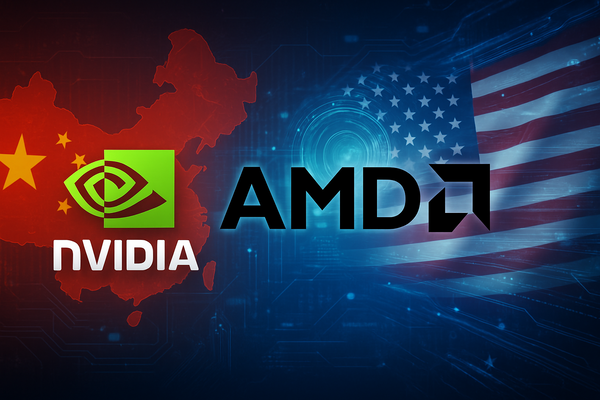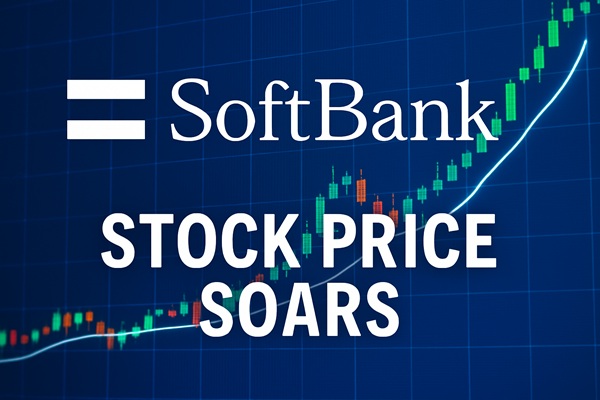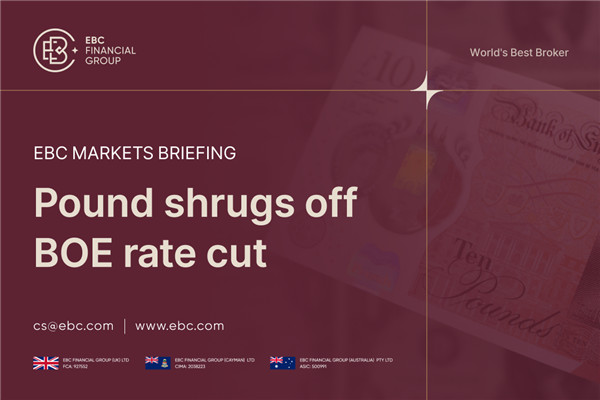Global markets opened August with heavy action from the world's biggest stocks and a fresh round of policy surprises fuelling big swings in equities, currencies, and commodities. As investors digest the fallout from last week's headline events, eyes are also turning to a packed calendar of key releases and risks ahead.
The Week That Was: Big Tech, Tariffs, and Policy Caution
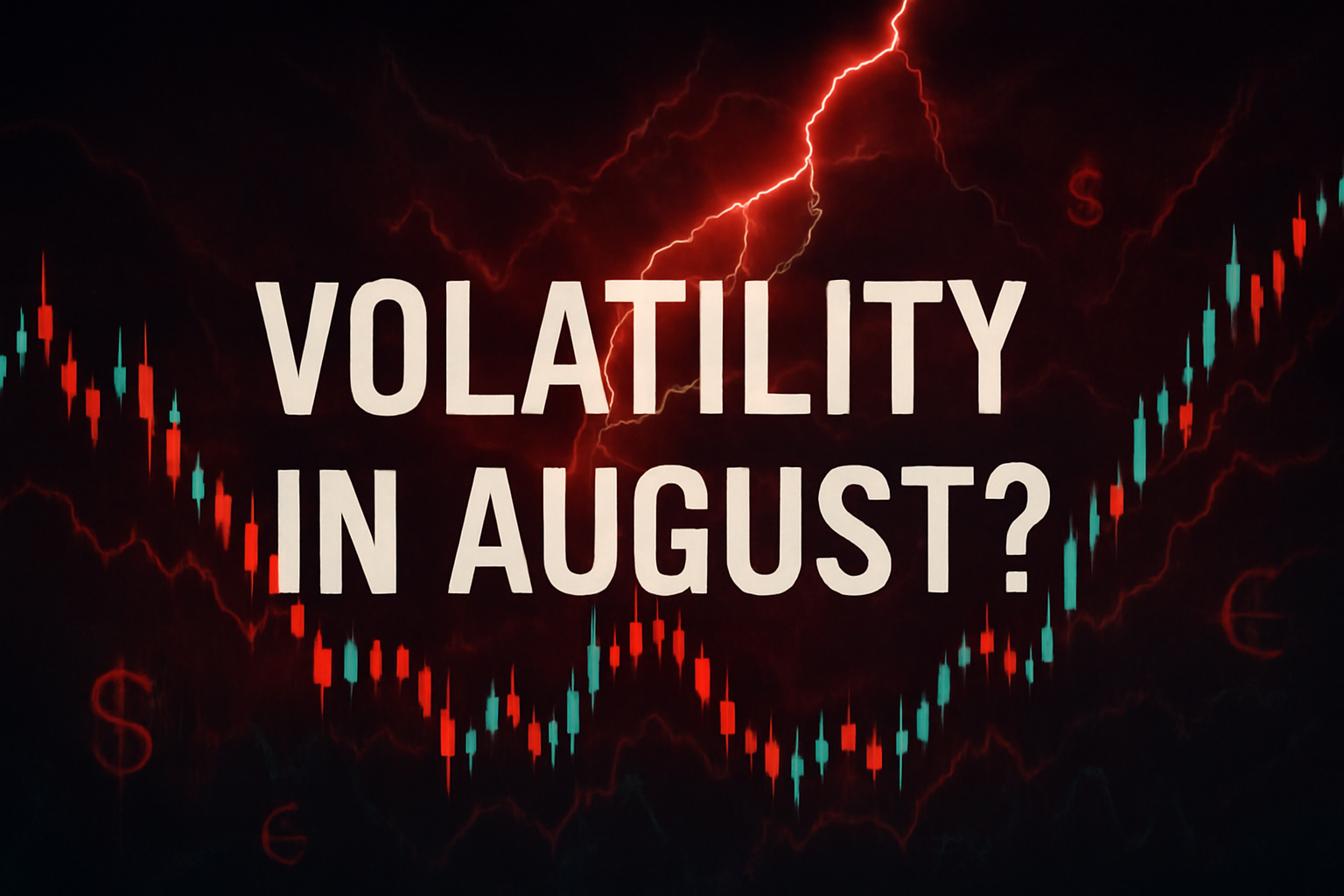
Tech Leads the Charge:
-
After Microsoft became the world's second $4 trillion company, boosted by 39% year-on-year Azure cloud growth and a blockbuster earnings beat, attention rapidly shifted to Amazon's sharp reversal. Despite a 35% profit surge (to $18.2 billion) and 13% revenue growth, Amazon's shares fell over 7% after cautionary guidance and decelerating AWS growth (+17.5%, below rivals) rattled optimism.
Meta and Apple offered brighter spots. Meta's quarterly beat and bullish guidance lifted shares 12%, while Apple's new record Q3 revenues ($94 billion) and iPhone services milestones sent its stock up 2%, cushioning some of Amazon's drag on sentiment.
Indices and Breadth:
S&P 500 futures slipped 0.2% late-week, and the Nasdaq 100 fell 0.23%. The loss of breadth, with rallies centred on a handful of mega-cap names, remains a growing concern, especially as consumer cyclicals and small caps lag.
Tariff Shockwaves:
-
President Trump ignited fresh trade anxiety as new global tariffs went into effect: a new 10% baseline for most partners and targeted 41% rates for select goods. Global equities and Asian bourses opened lower, and the EUR/USD dropped 1.3% after the US-EU trade pact raised longer-term growth concerns for Europe.
The Australian dollar held steady after Trump threatened higher tariffs on non-partner nations, keeping risk aversion in play in the region.
Central Bank Watch:
-
The Federal Reserve left rates unchanged at 4.25–4.50%, showing no clear sign of September easing despite mounting political pressure. The US dollar index touched a two-month high, and 10-year Treasury yields rose to 4.37%.
Markets eye the tone of Powell's comments for clues on future cuts, with traders divided but slightly paring back bets on immediate policy relief.
Commodities and Other Movers:
-
Oil swung upwards by nearly $2/bbl as US-China trade discussions lifted sentiment, then eased after inventories rose and growth signals wavered.
The Russian rouble extended its dramatic rebound, rising 45% year-on-year amid capital controls and high local rates.
The Week Ahead: What to Watch
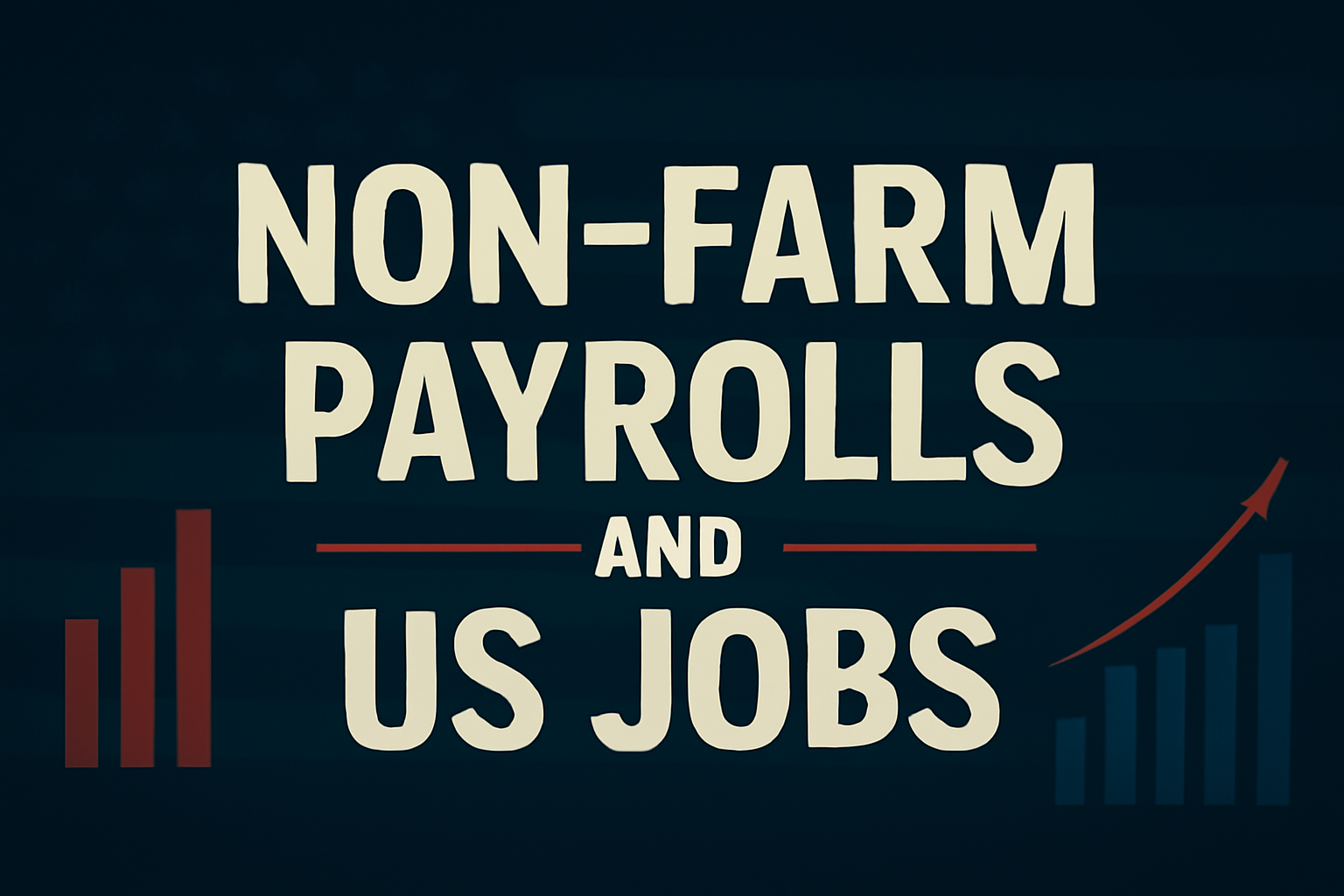
July's US labour market data is due Friday. Consensus expects payroll gains near 110,000, down from 147,000 last print, and the unemployment rate to hold around 4.1%. Surprises can spark major currency and rate moves.
Eurozone CPI and Chinese and US manufacturing PMIs will provide vital clues to global growth, with service-sector resilience being tested in the face of ongoing trade tensions.
A wave of reports from US financials, industrials, and high-growth techs will test whether the “Magnificent Seven” momentum can persist, or if this season marks a turning point.
Central banks in the UK, Australia, and India are all due to meet. Each could move their respective currencies and influence risk appetite. Follow-up headlines on US tariffs and the EU response will be closely watched.
Market Sentiment, Trends, and Risks
While megacap tech continues to anchor market direction, investors are increasingly wary of concentrated gains and the creeping effects of macro headwinds. Volatility has ticked up, with options markets pricing wider swings and more aggressive hedging. Indicators show capital rotating towards defensives and value, while EM outflows reflect caution as the dollar strengthens.
Key risks include:
-
Disappointing jobs or inflation figures are fuelling rate volatility.
-
Higher tariffs are undermining supply chains and corporate margins.
Signs of consumer or credit weakness in the second half of the year.
Policy, Trade, and Geopolitical Commentary
Recent Fed, ECB, and BOJ signals emphasise caution, with rate cuts on hold but forward guidance more “data-dependent” than ever. US-EU trade friction continues to reverberate, especially for the currency pairs and sectors most exposed to cross-border flows. In Asia, the threat of wider US tariffs complicates central bank choices and adds to regional market nerves.
Bottom Line
Are major market movers now steering August volatility? The answer, for now, is “yes”, and global investors should remain vigilant for sudden thematic swings as macro headlines and corporate signals shape the weeks ahead. As EBC's coverage has shown, leadership from the biggest names can drive both surges and setbacks, making risk management and sector rotation more crucial than ever.
Disclaimer: This material is for general information purposes only and is not intended as (and should not be considered to be) financial, investment, or other advice on which reliance should be placed. No opinion given in the material constitutes a recommendation by EBC or the author that any particular investment, security, transaction, or investment strategy is suitable for any specific person.




